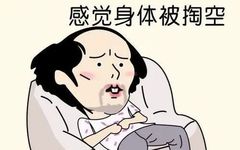Abnormalities of Qi mainly include two aspects: one is insufficient generation or excessive consumption of Qi, leading to the pathological changes of Qi deficiency; the other is certain functional disorders of Qi and abnormal movement of Qi, resulting in pathological changes such as Qi stagnation, Qi reversal, Qi sinking, Qi closure, or Qi collapse.
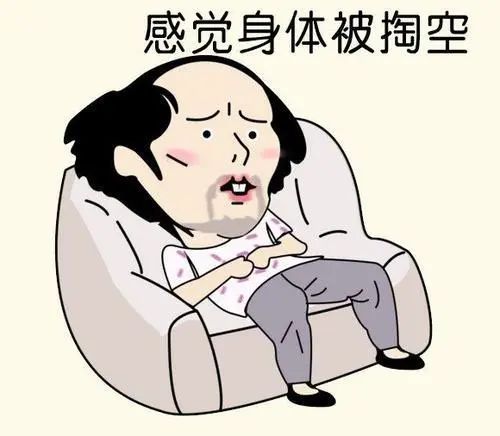
1. Qi Deficiency
Qi deficiency refers to a state where the body lacks sufficient Qi, resulting in corresponding functional decline.
The formation of Qi deficiency is mainly due to insufficient congenital endowment or inadequate nourishment acquired postnatally, leading to dysfunction of the lungs, spleen, and kidneys, which results in insufficient generation of Qi; as well as excessive consumption of Qi due to overwork or prolonged illness.
Clinical manifestations of Qi deficiency often include mental fatigue, lethargy, shortness of breath, spontaneous sweating, susceptibility to colds, pale complexion, pale tongue, and weak pulse. In cases of severe Yuan Qi deficiency, symptoms may include delayed growth and development or reduced reproductive function; in cases of severe Zong Qi deficiency, symptoms may include palpitations and shortness of breath upon exertion. The mechanisms of Ying and Wei Qi deficiency and organ or meridian Qi deficiency each have their characteristics, and clinical manifestations vary accordingly.
Yuan Qi is the most fundamental and important Qi in the human body, serving as the primary driving force for life activities. Therefore, deficiency of Yuan Qi can lead to systemic Qi deficiency, and any type of Qi deficiency will ultimately result in Yuan Qi depletion, particularly evident in children and the elderly.
2. Qi Mechanism Disorder
Qi mechanism disorder refers to pathological changes such as Qi stagnation, Qi reversal, Qi sinking, Qi closure, and Qi collapse caused by abnormal rising, descending, entering, and exiting of Qi.
The rising, descending, entering, and exiting of Qi are fundamental forms of Qi movement. The movement of Qi drives and regulates the functional activities of the organs and meridians, as well as the generation, circulation, distribution, and excretion of essence, Qi, blood, and body fluids, maintaining the coordination of various physiological functions of the body. Abnormalities in the rising, descending, entering, and exiting of Qi can affect the coordinated balance of the functions of the organs, meridians, and various bodily fluids, leading to pathological changes involving the organs, meridians, and bodily orifices.
Qi mechanism disorder can be summarized as pathological changes such as Qi stagnation, Qi reversal, Qi sinking, Qi closure, and Qi collapse.

(1) Qi Stagnation
Qi stagnation refers to the pathological change of Qi movement being obstructed and stagnant.
The formation of Qi stagnation is mainly due to emotional distress, or obstruction of Qi movement by phlegm-dampness, food accumulation, heat stagnation, or blood stasis; or invasion by external pathogens that obstruct Qi movement; or dysfunction of the organs, such as the liver failing to disperse Qi or the large intestine failing to conduct Qi, which can lead to local Qi stagnation or obstruction, resulting in dysfunction of certain organs or meridians. Qi stagnation generally belongs to the category of excess pathogenic factors, but it can also occur due to insufficient propulsion from Qi deficiency. Since the organs play a crucial role in the overall Qi mechanism, stagnation is often seen in the lungs, liver, and spleen-stomach.
Clinical manifestations of Qi stagnation can vary: Qi stagnation in a specific meridian or local area may present with corresponding symptoms of fullness or pain. For example, lung Qi obstruction may lead to chest tightness and cough; liver Qi stagnation may result in emotional distress and pain in the hypochondrium or lower abdomen; spleen-stomach Qi stagnation may present with abdominal fullness and pain, intermittent constipation, etc. Although the manifestations of Qi stagnation differ, they commonly share characteristics of fullness, distension, and pain. If Qi stagnation is due to Qi deficiency, the symptoms of fullness, distension, and pain are generally less pronounced, accompanied by corresponding signs of Qi deficiency.
Qi stagnation can affect blood flow, leading to blood stasis; it can also affect body fluids, resulting in poor distribution of fluids. Therefore, Qi stagnation can cause blood stasis and fluid retention, forming pathological products such as blood stasis and phlegm-dampness. Prolonged Qi stagnation can also transform into heat or fire.
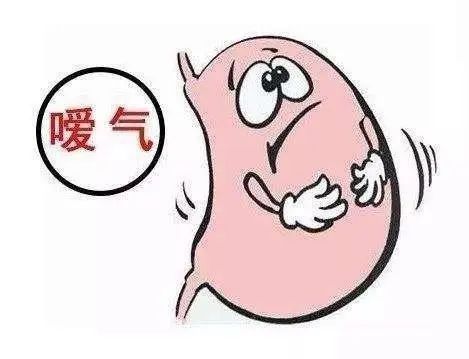
(2) Qi Reversal
Qi reversal refers to excessive rising or insufficient descending of Qi, characterized by the reversal of Qi in the organs.
The formation of Qi reversal is often due to emotional distress, improper diet, invasion by external pathogens, or obstruction by phlegm-dampness, and can also occur due to Qi deficiency leading to upward reversal.
Qi reversal is most commonly seen in the lungs, stomach, and liver. In the lungs, Qi may fail to descend, leading to upward reversal and resulting in cough and shortness of breath. In the stomach, Qi may fail to harmonize and descend, leading to upward reversal and resulting in belching, nausea, vomiting, and hiccups. In the liver, Qi may reverse upward, leading to symptoms such as headache, facial redness, and irritability. Since the liver is a yang organ, it actively promotes upward movement and stores blood, Qi reversal in the liver can lead to blood following Qi upward, resulting in hemoptysis or hematemesis, and even obstructing the clear orifices, leading to fainting. As stated in the “Su Wen: Theory of Qi Circulation”: “Great anger can cause Qi to be exhausted, and blood to accumulate above, leading to fainting.”
Generally, Qi reversal is primarily due to excess, but there are also cases of Qi reversal due to deficiency. For example, dryness in the lungs can lead to insufficient moisture, or the kidneys failing to retain Qi can also cause upward reversal of lung Qi; deficiency of stomach fluids or stomach yin can also lead to upward reversal of stomach Qi.
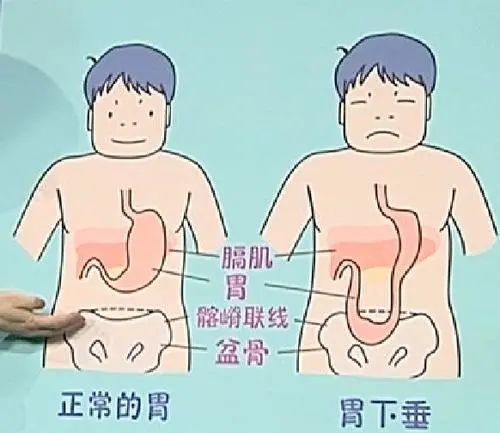
(3) Qi Sinking
Qi sinking refers to insufficient upward movement of Qi or excessive downward movement, characterized by the inability of Qi to rise due to weakness.
The formation of Qi sinking often develops from Qi deficiency, particularly closely related to spleen Qi. If the body is weak or if a prolonged illness has depleted the spleen Qi, the clear yang fails to rise, or the middle Qi sinks, leading to the pathological change of Qi sinking.
The pathological changes of Qi sinking mainly include insufficient upward movement of Qi and downward sinking of middle Qi: firstly, insufficient upward movement of Qi refers to the failure of Qi to nourish the head and eyes. This is generally due to deficiency of spleen Qi, which lacks the strength to transport the essence of food and fluids upward to the head, leading to symptoms such as dizziness, vertigo, and tinnitus. The “Ling Shu: Questions of the Mouth” states: “Insufficient upward Qi leads to the brain not being nourished, the ears suffering from ringing, the head feeling heavy, and the eyes becoming dizzy.” Secondly, downward sinking of middle Qi refers to the inability of spleen Qi to rise, leading to the displacement of certain internal organs, resulting in conditions such as gastric prolapse, kidney prolapse, uterine prolapse, and rectal prolapse.
Since Qi sinking develops on the basis of Qi deficiency and is closely related to the failure of spleen Qi to rise, it is often accompanied by symptoms such as pale complexion, shortness of breath, weak voice, weak pulse, and a feeling of heaviness and fullness in the waist and abdomen, as well as frequent urges to defecate.
(4) Qi Closure
Qi closure refers to the obstruction of Qi within, preventing it from exiting, leading to blockage of the clear orifices and resulting in fainting.
The formation of Qi closure is often due to emotional stimulation, or obstruction of Qi movement by external pathogens or phlegm-dampness, preventing Qi from exiting and leading to blockage of the clear orifices.
Clinical manifestations of Qi closure may include fainting due to exposure to foul air, sudden emotional shock, severe pain, or phlegm obstructing the airways, all of which belong to the category of sudden and severe obstruction of Qi, leading to blockage of the clear orifices and loss of consciousness. Qi closure often occurs suddenly, characterized by fainting and loss of consciousness, which may resolve spontaneously, but can also lead to death if the obstruction does not resolve. In addition to fainting, other symptoms may accompany depending on the cause.
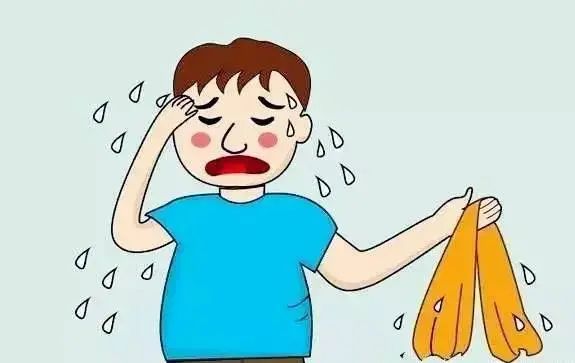
(5) Qi Collapse
Qi collapse refers to the inability of Qi to be retained internally, leading to significant loss of Qi and sudden decline in bodily functions.
The formation of Qi collapse is often due to the inability of the righteous Qi to counteract the evil Qi, or due to prolonged consumption of righteous Qi during chronic illness, leading to the inability of Qi to be retained internally; or due to significant blood loss or excessive sweating, resulting in Qi loss along with blood or fluids, leading to a critical state of sudden decline in bodily functions. Symptoms of Qi collapse may include pale complexion, persistent sweating, closed eyes, open mouth, complete body weakness, limp hands, incontinence, and a weak or almost imperceptible pulse.
Qi collapse is associated with the loss of yang and yin, both of which involve significant loss of Qi, and clinically, manifestations of Qi loss leading to weakness and severe functional decline can be observed. If the loss of Qi is predominantly yang, it is termed yang collapse; if the loss is predominantly yin, it is termed yin collapse. Yang collapse is characterized by sudden and significant loss of yang Qi, presenting with cold sweats, cold extremities, and other cold signs; yin collapse is characterized by sudden and significant loss of yin Qi, presenting with profuse sweating while the skin remains warm, restlessness, and rapid pulse; if there are no obvious cold or heat signs, but manifestations of Qi deficiency and functional decline are present, it is termed Qi collapse. Treatment should focus on tonifying Qi and stabilizing collapse; for yang collapse, the approach should be to revive yang and rescue from reversal; for yin collapse, the approach should be to rescue yin and stabilize collapse.

